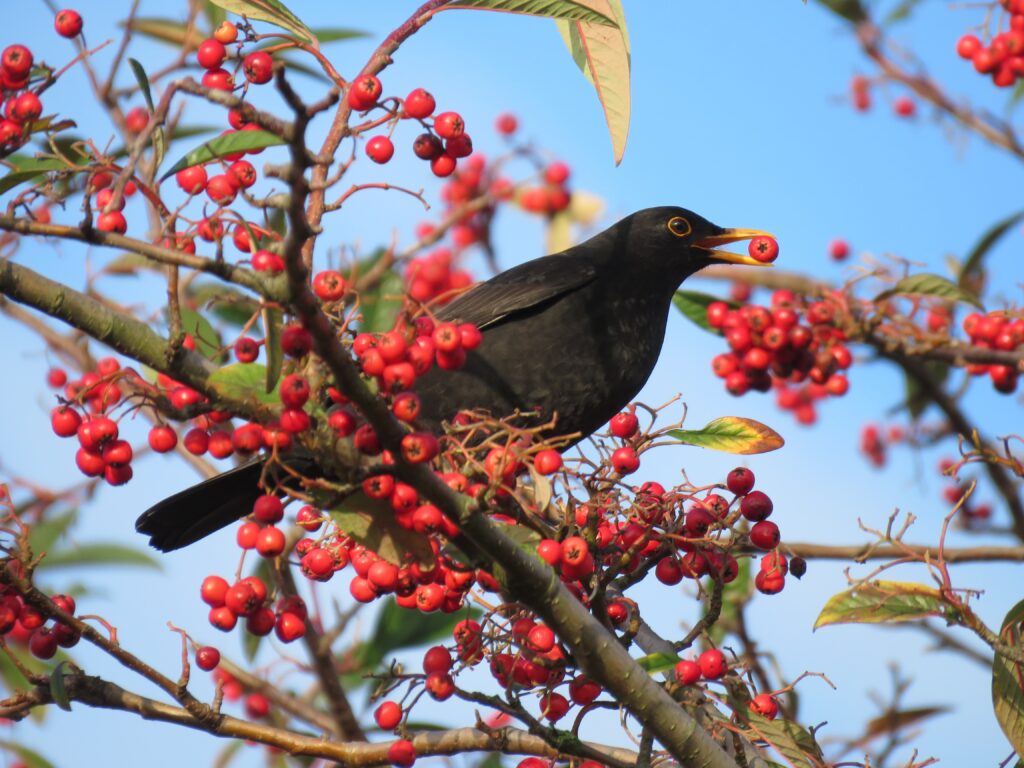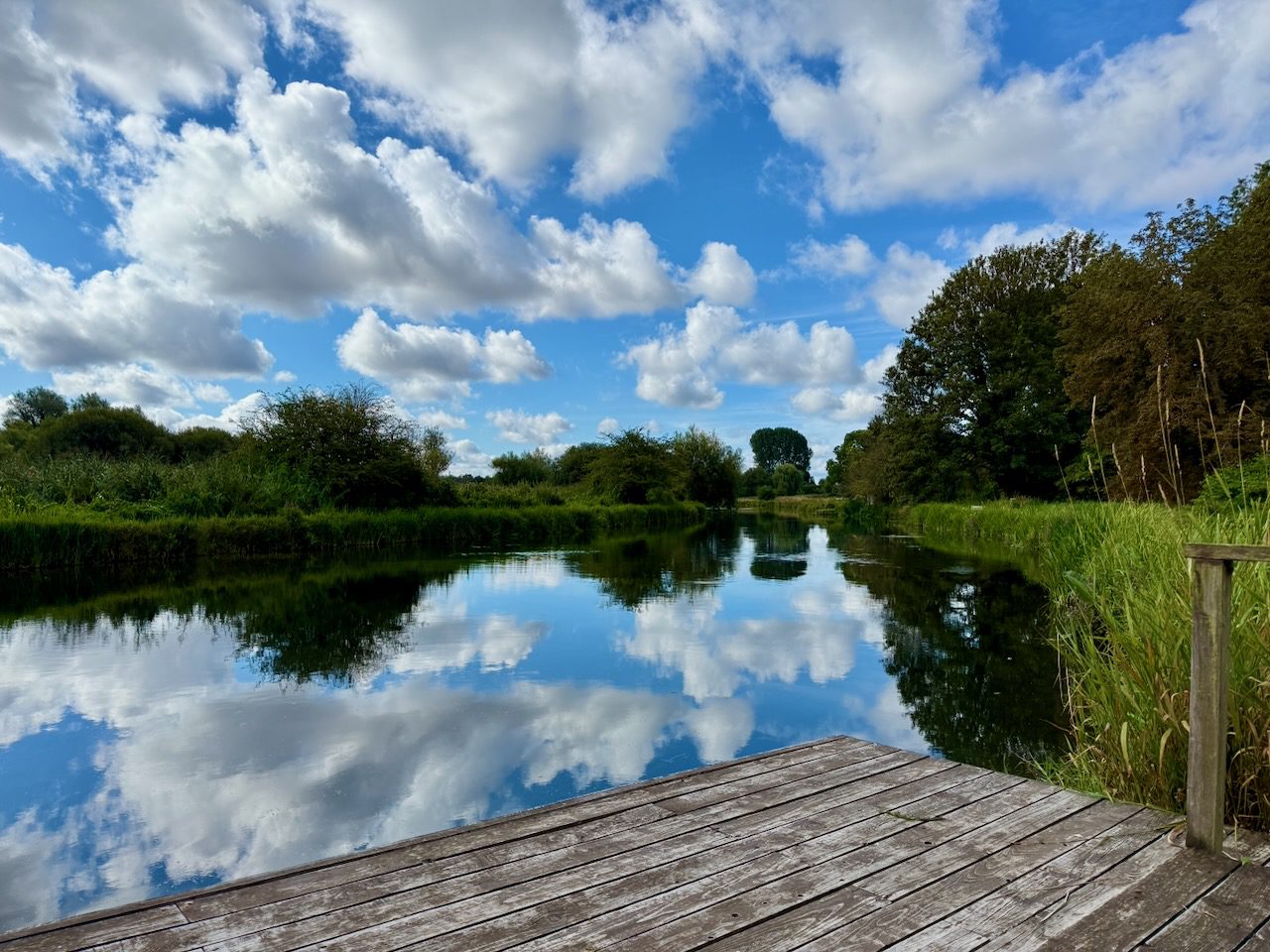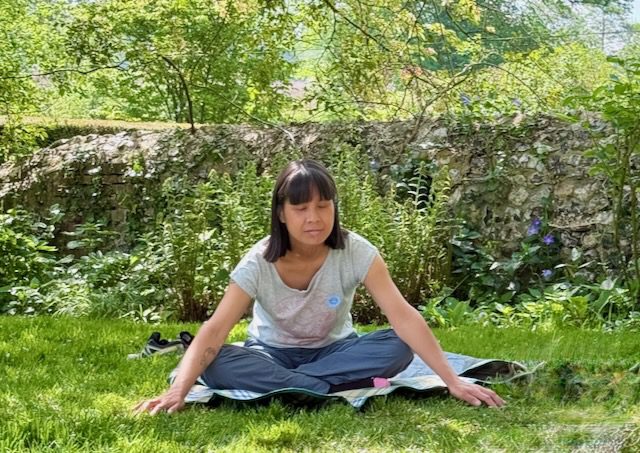Continuing our series of deeper explorations into Nature Connection through our main senses, this blog is focused on our sense of hearing and nature sounds for stress relief.
Modern science is confirming what many have long felt: the sounds of nature are not just beautiful—they are deeply therapeutic. Research shows that natural soundscapes, especially those featuring the rhythms of water and wind, can lower stress hormones, calm the nervous system, and significantly improve cognitive focus.

The Immersive Power of Nature Sounds for Stress Relief
A 2021 meta-analysis published in the Proceedings of the National Academy of Sciences found that listening to natural sounds—particularly flowing water and rustling leaves—was significantly associated with decreased pain, a lower heart rate, and reduced anxiety. Unlike visual distractions, sound is immersive. It surrounds us and shapes our perception of space, time, and emotion, offering a direct pathway to a more relaxed state of being.
Below are several ways to deepen your connection to nature through specific, sound-based activities. Each one draws on scientific insights and helps you reconnect not just to the world outside, but to your own internal rhythms.
1. The 3-Minute Sound Reset
🌿 How: Find a quiet spot outdoors, or by an open window. Close your eyes, breathe slowly, and for three uninterrupted minutes, listen attentively. Don’t try to name or analyze the sounds. Just notice the layers: near and far, high and low, rhythmic or chaotic.
Why it works: Short, intentional exposure to natural sound is enough to activate the parasympathetic nervous system—the body’s “rest, digest, and repair” mode. Even a few minutes of focused listening can shift your physiology from alertness to calm.
2. Water Typing
🌿 How: Visit two or three different water sources—like a fast-moving river, a still pond, or rain on different surfaces. Spend time listening closely while at each one. Is the sound continuous or broken? Does it pulse, drip, gurgle, or roar?
Activity tip: Record a short sound clip or take notes on the emotional tone of each. You might describe one as “restless,” another as “steady,” or “dreamlike.”
Why it works: Water sounds are consistently rated as the most relaxing natural stimuli in both lab and field studies. They support mental clarity, lower blood pressure, and evoke deep parasympathetic responses.

3. Wind Listening as a Moving Meditation
🌿 How: Pick a breezy day and walk through different natural environments: open fields, forests, hills, or urban green spaces. As the wind passes through, pay attention to how it interacts with its surroundings. Grass whispers. Trees rustle. Structures hum. Let the changing sounds guide your pace or direction.
Why it works: Tuning into the wind’s movement through the landscape activates spatial awareness and encourages present-moment attention. It helps re-pattern the nervous system toward slower, more natural rhythms.
4. The Sound Sit: Listening in 360 Degrees
🌿 How: Find a place where you can sit quietly for 15-20 minutes without distractions. Instead of looking around, listen outwardly. Track sound location, distance, rhythm, and intensity. Notice patterns: a bird moving through branches, a sudden drop in insect noise, the distant hum of weather systems.
Why it works: This practice mimics how wild animals listen—constantly, spatially, and attentively. It strengthens your orienting reflex and sharpens sensory perception in all directions, reducing mental fatigue and improving alertness.

5. Sound Journaling with Emotional Mapping
🌿 How: Bring a small notebook or use a voice memo app. After listening to a particular sound—wind in leaves, distant thunder, rain on a tent—note how you felt as you listened. Try not to analyze too much; just a few words or impressions are enough.
Examples:
- “Wind in pines – clear, lifted”
- “Light rain – steadying, inward”
- “Stream nearby – focused, slightly melancholic”
Do this regularly and look for patterns over time.
Why it works: Sound influences mood more immediately than sight. Journaling helps build emotional literacy and awareness of what calms, energizes, or unsettles you—a useful tool for self-care and for choosing restorative environments.
6. Micro-listening in Your Own Space
🌿 How: You don’t need to be in a forest to practice. Open a window and focus on the tiny, hidden sounds. The chittering of a squirrel, a lone bird’s chirp, or the low hum of distant traffic can all become your anchor for a mindful moment. This type of practice is perfect for building a habit of using nature sounds for stress relief.
Why it works: This practice helps you find pockets of nature in an urban environment. It sharpens your ability to find stillness amid chaos, strengthening your focus and sense of presence no matter where you are. It’s an easy, accessible way to integrate nature into your daily routine.

7. Listening for Silence
🌿 How: While a sound bath can be a guided experience, you can also practice this on your own. Go to a natural space and simply listen for the moments between sounds. The pause after a bird call, the gap between gusts of wind. Notice the silence that holds the sounds.
Why it works: This focuses your attention on the quiet, which can have a deeply calming effect. It’s a way of turning your attention inward while still being in a natural space, helping to quiet the mind’s internal chatter and use nature sounds for stress relief.
8. Sonic Storytelling
🌿 How: Listen to the “story” a landscape is telling with its soundscape. Go to a park and listen to the various sounds. The lively chatter of children playing, the rustling of leaves as a dog runs by, the gentle hum of a nearby stream. How do these sounds paint a picture of the life within that space? This is a wonderfully engaging way to experience nature sounds for stress relief.
Why it works: This practice encourages a holistic connection to an environment by linking separate sounds into a cohesive narrative. It builds empathy for the living world and helps you appreciate the interconnectedness of all things in a given space.
A Deeper Connection in Every Sensory Moment

Building on our last blog post in this series, The Power of Sight in Nature Connection, this deep dive into sound is just one more way to experience the world around you. I hope you enjoy exploring some of these tips and techniques.
Want Even More Nature Connection Ideas?
This entire blog series is designed to help you find simple, meaningful ways to engage with nature, no matter where you are. If you’re ready to take the next step and apply these principles, here are two other resources for you:
- Read the previous blog on The Power of Sight in Nature Connection
- Grab my Free Guide to Going Solo Forest Bathing, which includes five sensory activities you can do alone to help you find peace and clarity on your own terms.


